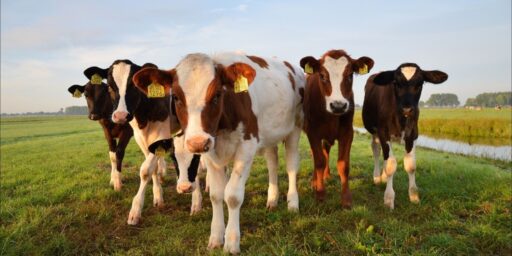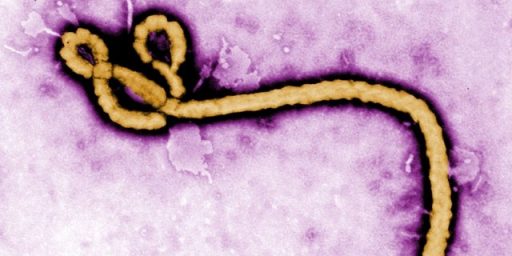Mad Cow Considered a Minor Health Concern
For Pete’s sake, calm down!
Experts: Mad Cow ‘Minor’ Health Concern (AP)
The newly identified case of mad cow disease in an animal from an American herd shouldn’t worry consumers, experts said, because the condition appears to be very rare and safeguards are in place to protect the food supply.
“It certainly is a minor concern” compared to ordinary food-borne diseases like salmonella and E. coli, said Dr. Richard Johnson of the Johns Hopkins University School of Medicine, an authority on mad-cow-like diseases in animals and people.
“My kids eat beef, and I don’t tell them not to.”
George Gray, executive director of the Harvard Center for Risk Analysis and head of a group that has studied the threat mad cow poses to consumers, said the available research indicates that mad cow is “a very small risk to our food supply.”
Here are some additional thoughts from HCRA:
Our analysis finds that the U.S. is highly resistant to any introduction of BSE or a similar disease. BSE is extremely unlikely to become established in the U.S. For example, in a hypothetical scenario in which ten cattle infected with BSE are imported into the U.S., on average only three new cases of BSE would occur. Moreover, the disease is virtually certain to be eliminated from the country within 20 years after its introduction. These results assume that the conditions affecting the spread of BSE in the U.S. would remain unchanged for the 20 years following its introduction. The new cases of BSE would come primarily from lack of compliance with the regulations enacted to protect animal feed. The import of one sick animal yields on average less than one new BSE case in 20 years and the disease and the disease is likely to be quickly eliminated from the U.S. following its introduction. Similarly, there appears to be no potential for an epidemic of BSE resulting from scrapie, chronic wasting disease, or other crossspecies transmission of similar diseases found in the U.S. Even if they existed, these hypothetical sources of BSE could give rise to only one to two cases per year. Similarly, if the disease does indeed occur spontaneously in cattle, as some have suggested, it would result in one to two cases per year with little spread.
May consumers take note.






Hmm. I wonder if this risk assessment includes the practice of feeding animal remains to other livestock. But I’m warily cautious about any sort of outright panic.